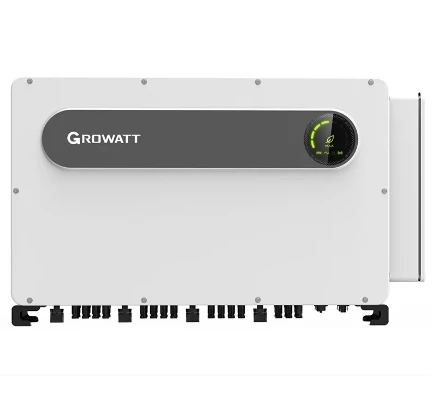solar panel improvements over time
Improvements in Solar Panel Technology Over Time
Solar energy has become one of the most prominent sources of renewable energy in the world. As concerns about climate change and fossil fuel dependence have escalated, technological advancements in solar panels have played a crucial role in making solar energy more efficient, affordable, and accessible. Over the years, various developments in solar technology have significantly improved the performance and applicability of solar panels.
Early Developments
The journey of solar energy began in the 1830s with the discovery of the photovoltaic effect by French physicist Alexandre Edmond Becquerel. However, it wasn’t until 1954 that the first practical photovoltaic (PV) cell was created by Bell Labs, which had an efficiency of just about 6%. During these early years, solar panels were a novelty, primarily used in remote areas and specialized applications like space missions.
Increased Efficiency
One of the most significant improvements in solar panels has been the increase in conversion efficiency. Modern crystalline silicon solar cells, which dominate the market, can achieve efficiencies exceeding 20%. Research continues to push these boundaries ever higher. For instance, multi-junction solar cells can achieve efficiencies up to 46%, although they are primarily used in specialized applications like satellites. Innovations such as heterojunction solar cells, which combine different materials, also contribute to higher efficiencies and better performance in low-light conditions.
Cost Reduction
solar panel improvements over time

In addition to increased efficiency, the cost of solar panels has dropped drastically over the past few decades. In 2010, the average price of solar photovoltaic modules was around $1.30 per watt, and by 2020, it had plummeted to approximately $0.20 per watt. This decline is attributed to several factors including technological advancements, economies of scale, and increased competition within the market. The affordability of solar technology has made it more accessible to homes and businesses, thereby accelerating its adoption.
Durability and Lifespan
The durability of solar panels has also improved considerably. Early models were often vulnerable to environmental factors and had shorter lifespans. Modern solar panels are designed to withstand harsh weather conditions, including hail, heavy snowfall, and extreme heat. Most manufacturers now offer warranties of 25 years or more, reflecting the confidence in their longevity and performance over time. This resilience not only increases the return on investment for consumers but also enhances the sustainability of solar energy systems.
Integration with Smart Technologies
Another interesting development in solar panel technology is the integration of smart technologies. Smart solar panels can optimize their output through real-time monitoring and data analytics. This means that they can adjust their operation based on weather conditions, energy demand, and overall efficiency. Furthermore, advancements in energy storage solutions, such as lithium-ion batteries, allow for better management of solar energy. This integration ensures that solar energy can be utilized even when the sun isn’t shining, making it a reliable source of power.
Conclusion
The improvements in solar panel technology over time highlight a promising shift towards sustainable energy solutions. With ongoing research and development, the future of solar energy looks bright. Enhanced efficiency, decreased costs, increased durability, and the integration of smart technologies are transforming solar energy from a niche market to a mainstream power source. As countries continue to pursue renewable energy goals, solar panels will play a vital role in the transition to a cleaner, greener future. This evolution not only promotes energy independence but also encourages global efforts to combat climate change, ultimately benefiting both the planet and future generations.
-
Understanding the Advantages of Solar String Inverters for Your Energy SystemNewsApr.29,2025
-
Choosing the Right PV Inverter: A Comprehensive GuideNewsApr.29,2025
-
The Future of Solar Power: Exploring Bifacial Solar PanelsNewsApr.29,2025
-
The Complete Guide to Solar Panels: Efficiency, Cost, And InstallationNewsApr.29,2025
-
The Best Options for Efficiency and Cost-EffectivenessNewsApr.29,2025
-
Harnessing the Power of Off-Grid Solar Inverters for Energy IndependenceNewsApr.29,2025







